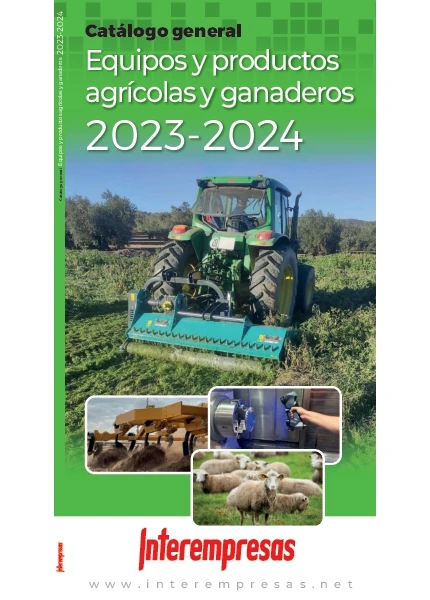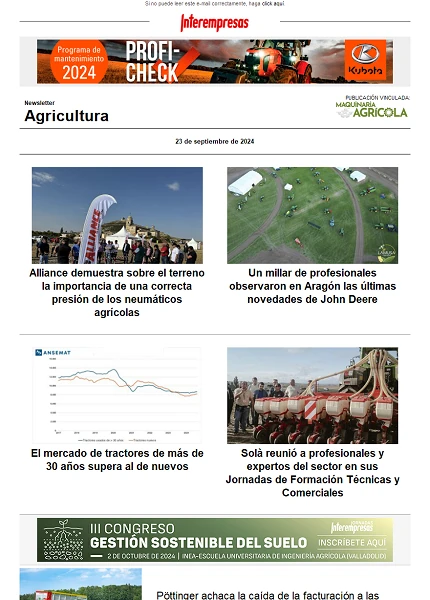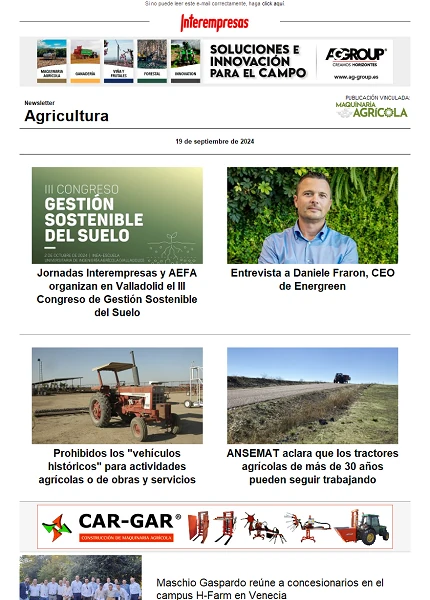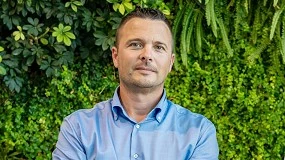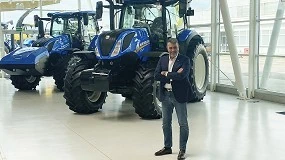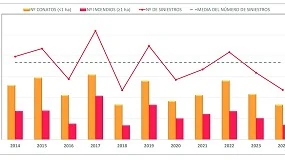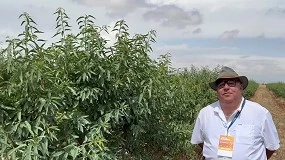New applications of the greenhouse
July 21, 2009
Aquaculture: Farming fish and crustaceans
Aquaculture is the cultivation of aquatic plant and animal species. Regard to the latter began to develop in the 1970s as an alternative to fishing, to the depletion of fish stocks by over-exploitation of the oceans and seas. A notable case of aquaculture in swimming pools or ponds is the farming of shrimp (prawn). Today these pools, known as shrimp, have been installed in 50 countries in Asia and Latin America, which include Thailand, China, Viet Nam, Indonesia, India, Brazil, Mexico and Ecuador. The main importer is United States of America, followed by the European Union (especially Spain and, later, France, Great Britain, Italy, Holland and Germany) and Japan. More than half of the tropical shrimp consumed in these countries comes from the pools of breeding shrimp and not the sea. Ecuador leads the production of shrimp in Latin America and until 1999 was the second exporter, after Thailand. In 1995 were built almost 200,000 acres of pools shrimp, including with plastic covers and which are in the open air. In 1998 the industry registered the highest indices of production in its history, reaching export shrimp with a value of $ 875 million. Shrimp became the third most exported product after oil and bananas.
Of the 20 largest companies in Ecuador, ten were shrimp. Their exports were directed especially to USA (60%) and the European Union (27%). The emergence of viral diseases esquilmaron shrimp in Ecuador productions in recent years and were about to put an end to this industry, which is beginning to recover from the collapse suffered by the introduction in the country of the white spot virus in 1999He ravaged the production of the year 2000 by the importation of larvae infected in other countries. This business revenues decreased to 70%. The production model of the Ecuadorian shrimp industry is based on the extensive monoculture of low-tech of the Pacific white shrimp (Penaeus vannamei or Litopenaeus vannamei). The white spot is a virus that attacks the shrimp in his younger age. An infected crop has a mortality rate very high (80-90%) and so far there are no known effective chemical or pharmaceutical methods to combat it. The best result and the most economical was obtained with the increase of the water temperature of about 22 ° C to about 29-32 ° C through the deck of the pools of cultivation with plastic as a greenhouse films. The structures are similar to the greenhouses for crops of flowers, common in Ecuador, with wooden structure, with chapels gabled, while its height is quite less (see Figure 1). Some recent studies demonstrate the profitability of farming of shrimp in greenhouses and investment structure and plastic film can pay off in a single cycle. Shrimp in greenhouse farming began to study in Ecuador the year 2000 and since then the shrimp covered with plastic have grown to the 400 hectares.
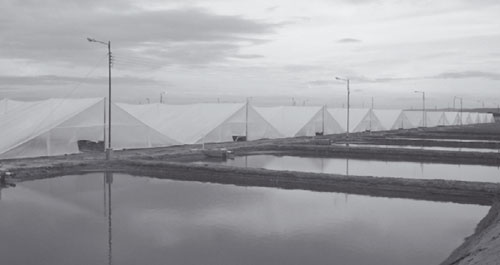
Spanish aquaculture is only using greenhouses in very specific applications, especially in the stages of rearing of larvae and juveniles of fish dorada (sea bass), the covered area is very small and has not been detected no interest clear by exploring the use of greenhouses for the development of some of the crops in the immediate future if aquaculture can be advantageous, just that it has been shown with the shrimp in Ecuador.
There are also initiatives to combine the cultivation in greenhouse of vegetables and fish, as the project 'hidrotilapia', promoted by the Polytechnic University of Madrid. This project studies the cultivation of strawberries and tilapia (a tropical fish) in two levels of the greenhouse: tilapia cultivation would be under the tables of strawberries, with what it would take advantage better of the greenhouse space. There are similar projects in Israel for tilapia culture in the Negev desert.
Aquaculture: cultivation of algae
There are cash crops of algae for medicinal applications, cosmetics or as food for the animal aquaculture in which fotobiorreactores made of plastic, which in turn may be located outside or within a conventional greenhouse is used.
The fotobiorreactores are structures, usually cylindrical, rigid or flexible plastic, arranged in horizontal or vertical, within which the algae are grown in aqueous medium sweet or salty. Much of the technology developed for the covers of greenhouse (fotoestabilización, fotoselectividad…) could be applicable to the fotobiorreactores. The area dedicated to the cultivation of algae for these applications is still very small (less than one hectare in Spain), although its growth potential is high.
The cultivation of microalgae for biodiesel production is an issue that is also being studied for years. The conventional system used to carry out cultivation is to use tanks large surface and shallow (raceways), although the use of fotobiorreactores is also being studied. Although the cultivation of algae in greenhouses for the production of biofuels is now almost non-existent, you can have a development fast in the coming years, driven by European legislation and the National Plan for renewable energy.
Renewable energy sources
In addition to the application of renewable energy sources (solar, wind) for the energy supply of conventional greenhouses, there are initiatives to use greenhouses as generators of electricity using solar thermal or photovoltaic version.
The first is based on the concept of solar Tower, a building which seeks to harness solar energy by convection of air. The air is heated in a large circular greenhouse and generated convection makes you upload and store to escape through a large Tower. The air in motion drives a turbine to generate electricity. The main problem with this proposal is the relatively small difference between the temperature most high and the lowest of the system. Carnot theorem greatly restricts the efficiency of the conversion in these circumstances, are therefore necessary high-rise towers.
In 1903 the Spanish Colonel Isidoro Cabanyes designed the first solar Tower. One of the first designs of a power plant based on the solar tower was created in 1931 by a German author, Hanns Günther. In early 1975 Robert e. Lucier applied for patents of the solar Tower; between 1978 and 1981 these patents were granted in the United States, Canada, Australia and Israel. More recently Schlaich, power & Partner, under the direction of the German Professor Jörg Schlaich, built a working model on a small scale of a solar chimney in 1982 in Manzanares (Ciudad Real), 150 km south of Madrid (Figure 2)that was funded by the German Government. This power plant operated successfully for about eight years and it was torn down by a storm in 1989. The tower had a diameter of 10 m and a height of 195 m, with an area of the collection (greenhouse) of 46,000 m2, which achieved a maximum energy of about 50 kW output.
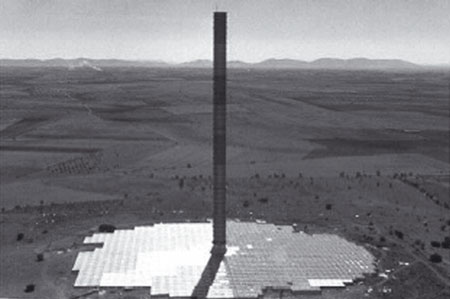
The maximum electrical power that can develop the design is up to 200 megawatts (MW). The solar chimney first proposed should measure a kilometer in height, and the base 7 kilometres in diameter, with an area of 38 square kilometres. The solar chimney remove so nearly 0.5% of the solar energy that is radiated in the covered area.
One of the drawbacks of the system is that it works during the day, when the Sun heats the air, but stops working during the night. This can avoid covering the soil with pipe or water bags that absorb thermal energy during the day and her broadcast during the night, balancing the functioning of the system. It has shown that water 10 to 20 cm thick is enough to make the generation of the Tower virtually constant throughout the day. Although tests conducted in the 1980s seemed to indicate that the system was not profitable, current studies indicate that, due to improvements in materials for the absorption of heat that can be used in the greenhouse, the height of the chimney and the diameter of the base could be reduced substantially to increase the efficiency andTherefore the profitability.
In addition to the solar Tower projects, there are also initiatives to longer term development of semi-transparent organic photovoltaic modules, which allow the cultivation of plants under them, at the same time that make part of the solar energy into electrical energy.
Desalination of water
Desalination is a technique that consists in withdrawal salt water marine into a usable resource both for human use and for irrigation or industrial use. A passive solar desalination plant is to cover a pool of water with a structure similar to a greenhouse in the form of Gothic or pointed arch films non-drip are placed on that. The evaporation of water is favored with the incident solar radiation. While salt is being concentrated on the raft, condensation in feature films non-drip sheet, allows water to slide over the walls of the plastic to be subsequently collected. Existing plastics currently have an effect non-drip of limited duration under the conditions of high temperature and humidity in a solar desalination plant, but the development of new materials with permanent non-drip effect can make viable this applicationespecially in areas of high solar radiation and low price of the ground, given the large area required for installation.
A project in this regard, that did not succeed because of the limited duration of the non-drip effect in plastics (Figure 3) was developed at the Experimental Station of Cajamar 'Las Palmerillas' at the end of the 1990s. On the other hand, the Massachusetts Institute of Technology (MIT) is developing materials superhidrofílicos with permanent non-drip effect, as well as materials that combine zones superhidrofóbicas with superhidrofílicas for the collection of water areas by condensation of atmospheric moisture, which could be of great interest in arid areas. These materials are based on the combination of silica nanoparticles with polymers charged positively and negatively and molecules perfluoradas which are self-assemble.
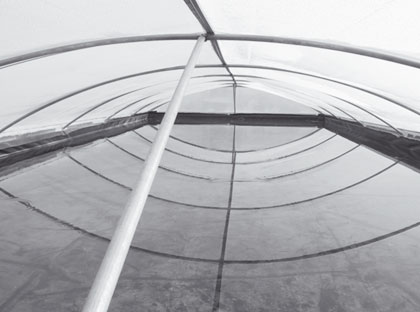
Biomining
Bacterial leaching is a biotechnological process that employs specific bacteria to Leach or extract metals of value such as uranium, copper, zinc, nickel or cobalt ores or concentrates minerals. Is it being used increasingly in countries such as Chile, Peru, Australia or United States. This technology is also applicable to the recovery of soils contaminated with heavy metals. One of the key parameters in the process is the temperature, which employed bacteria are moderately thermophilic. The use of plastic-covered pools, similar to the shrimp, for these processes is under study and it could have a strong development in the coming years.



